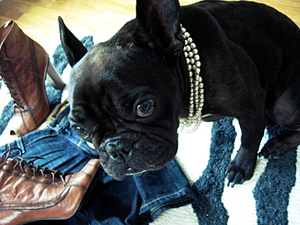As entertaining, happy and hard-working dogs, golden retrievers have become one of the most popular breeds in the world. They consistently rank among the most-registered breeds in the U.S., U.K. and Australia, and serve many roles with an unrivaled eagerness to please.
Developed in Scotland in the 1800s as a water dog used to retrieve shot fowl, golden retrievers descend from a non-descript “yellow-colored” retriever, two extinct breeds (the St. Johns water dog and the Tweed water spaniel), Irish setters, the bloodhound and wavy-coated black retrievers. This combination of dogs set the stage for the modern golden’s characteristics: love of water, superb scenting ability, trainability, biddable disposition, desire to retrieve, soft mouth and intelligence. A well-balanced dog, golden retrievers possess soundness of body, character and intelligence (author Stanley Coren ranks them as the fourth most-intelligent dog).
While they were originally bred to retrieve waterfowl for hunters, and they still perform this duty today, golden retrievers have successfully crossed into all roles of canine athlete and assistance dog. Owners of golden retrievers compete in field trial and hunt tests, agility, flyball, obedience trials and the conformation ring. They are also used extensively in search and rescue, detection (from ...








